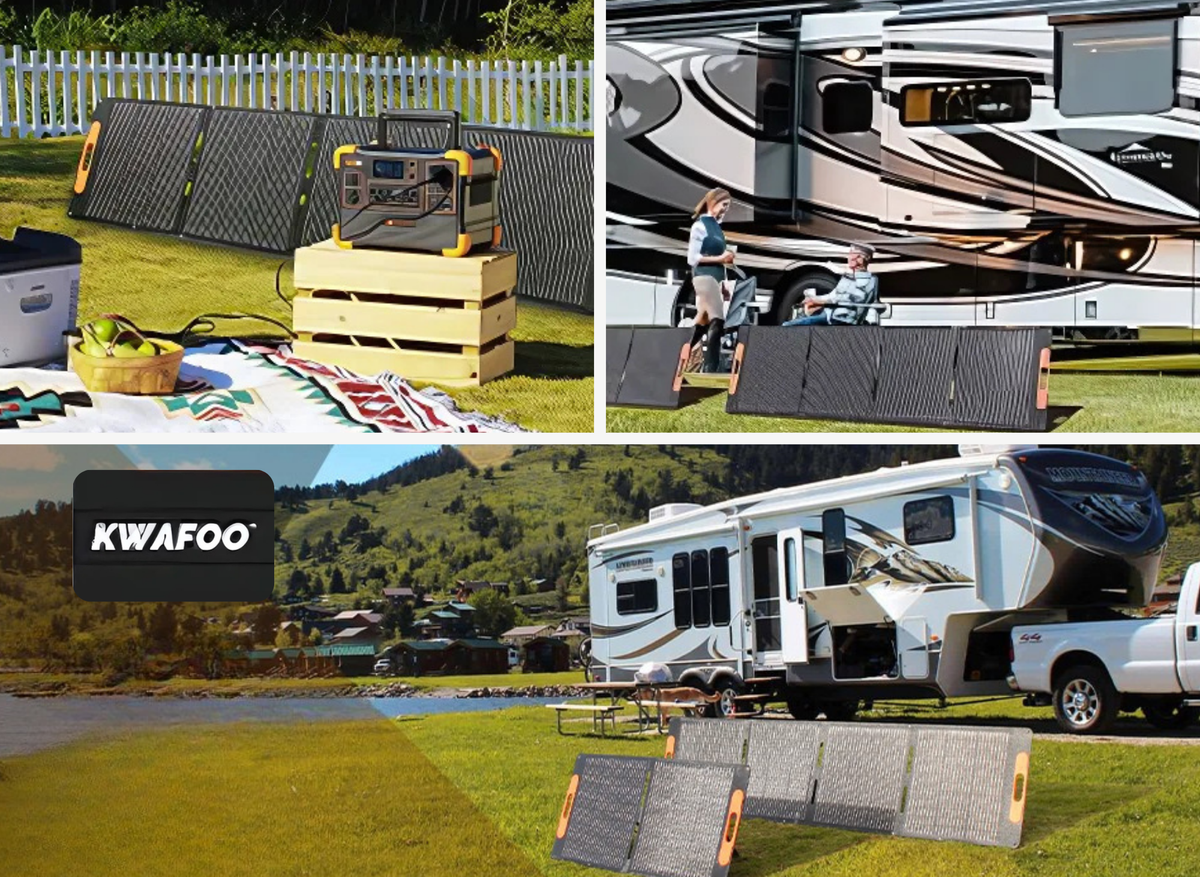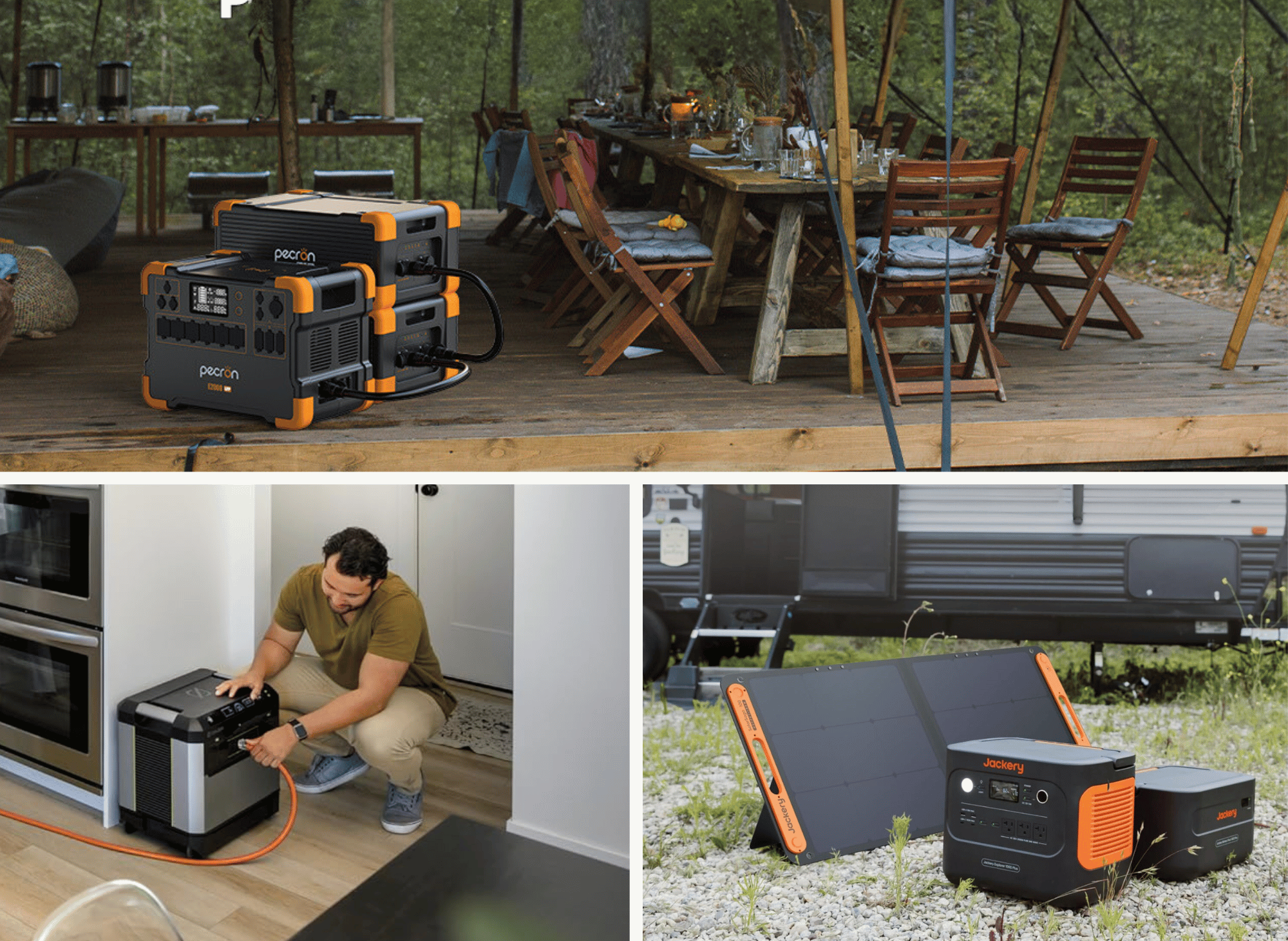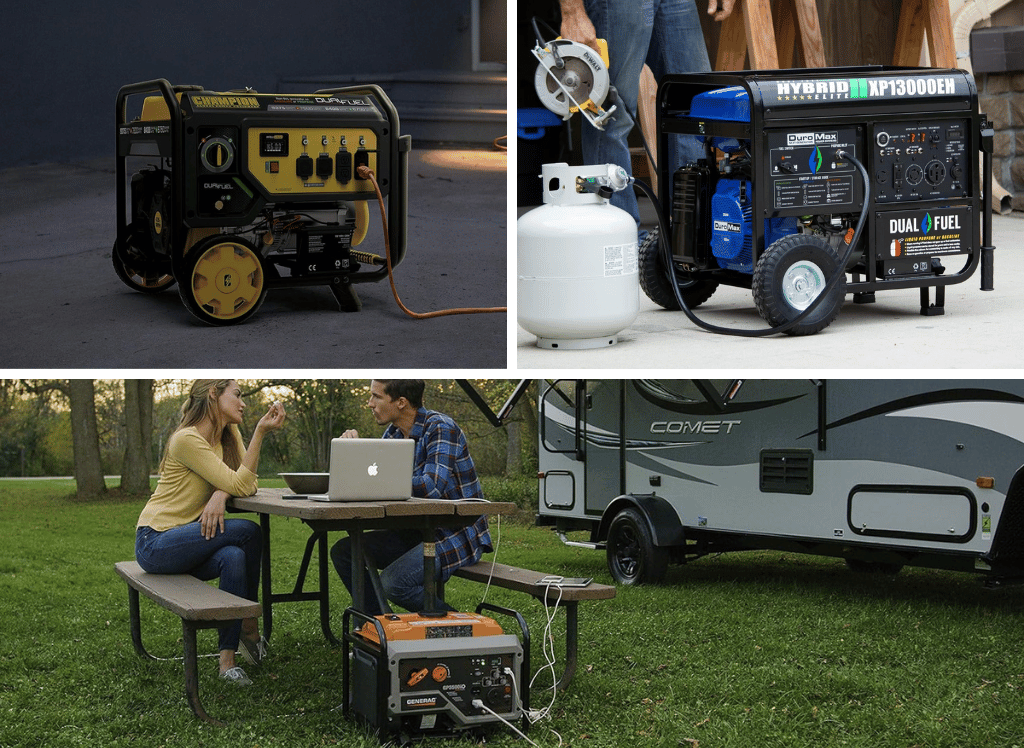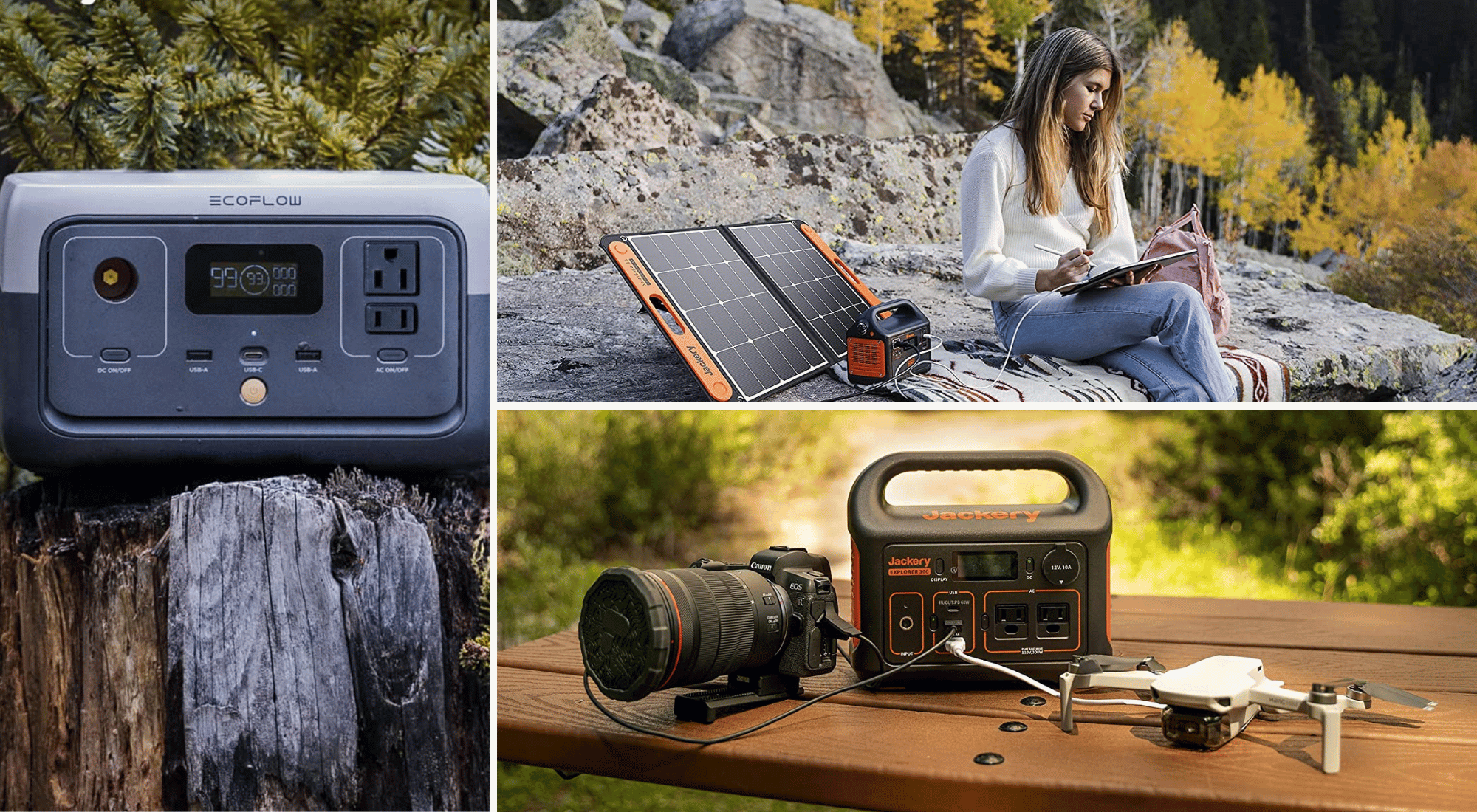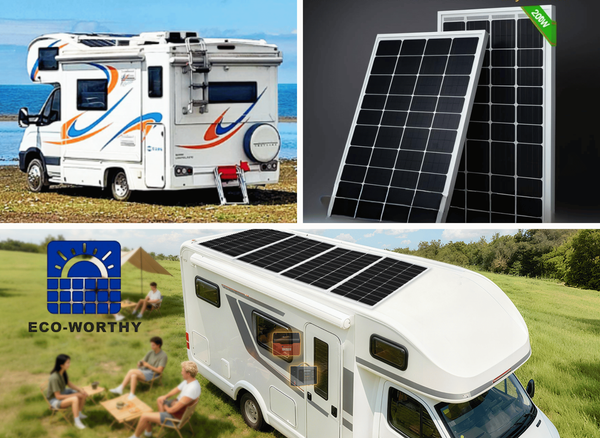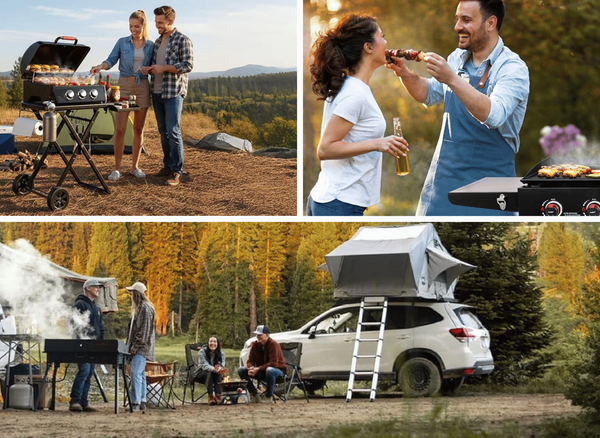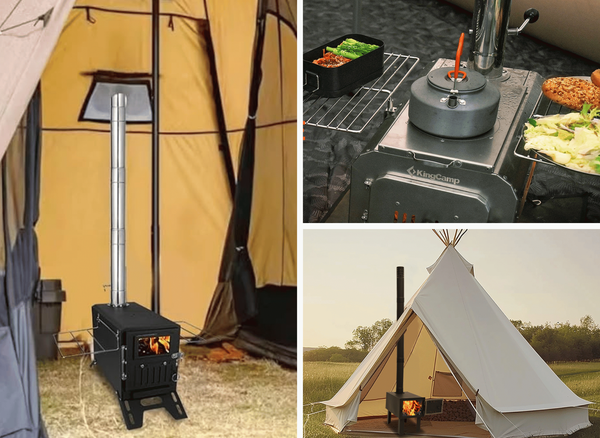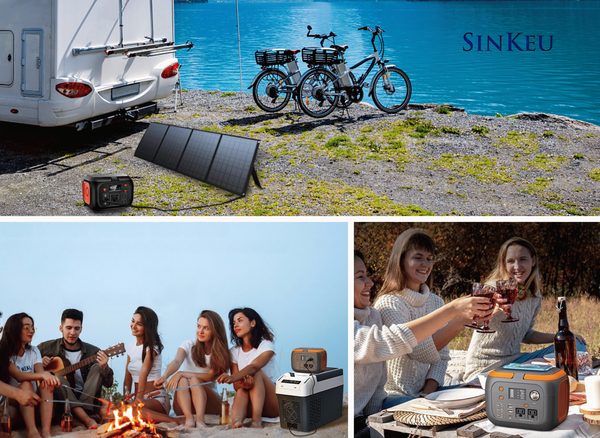Welcome to FactsFanatics. As an Amazon Associate, we earn from qualifying purchases (at no cost to you) from links found within these pages if you choose to buy something.
Generators are indispensable companions during power outages, construction sites, or camping excursions. However, many owners overlook one critical aspect of generator care—protection while in use. Running a generator without proper coverage exposes it to the elements, potentially causing damage or hazards. Exposure to rain or moisture can lead to serious problems, such as electrical or mechanical failures.
The best way to prevent these problems and ensure safety is by always keeping your generator dry. Using a generator cover, such as a tarp, provides shelter, allowing you to safely run your generator in various weather conditions, including rain, snow, or wind. This guide will walk you through everything you need to know about generator cover products, why they’re essential, and how to choose the best one for your needs.
Introduction to Generator Protection
Protecting your generator is essential for ensuring reliable power and maximizing the lifespan of your investment. Whether you rely on a generator for backup power at home, to keep your food truck running, or for outdoor events, exposure to rain, snow, and high winds can quickly lead to costly damage. A well-designed generator cover or tent offers a practical generator storage and shelter solution.
These covers are built with sturdy generator frames and waterproof materials, keeping your generator dry and shielded from the elements. High-quality covers and sheds are designed to fit various generator sizes and provide secure storage, so you know your generator is protected and ready to deliver power when needed. Investing in a reliable cover reduces maintenance costs and ensures your generator remains a handy and dependable power source for years to come.
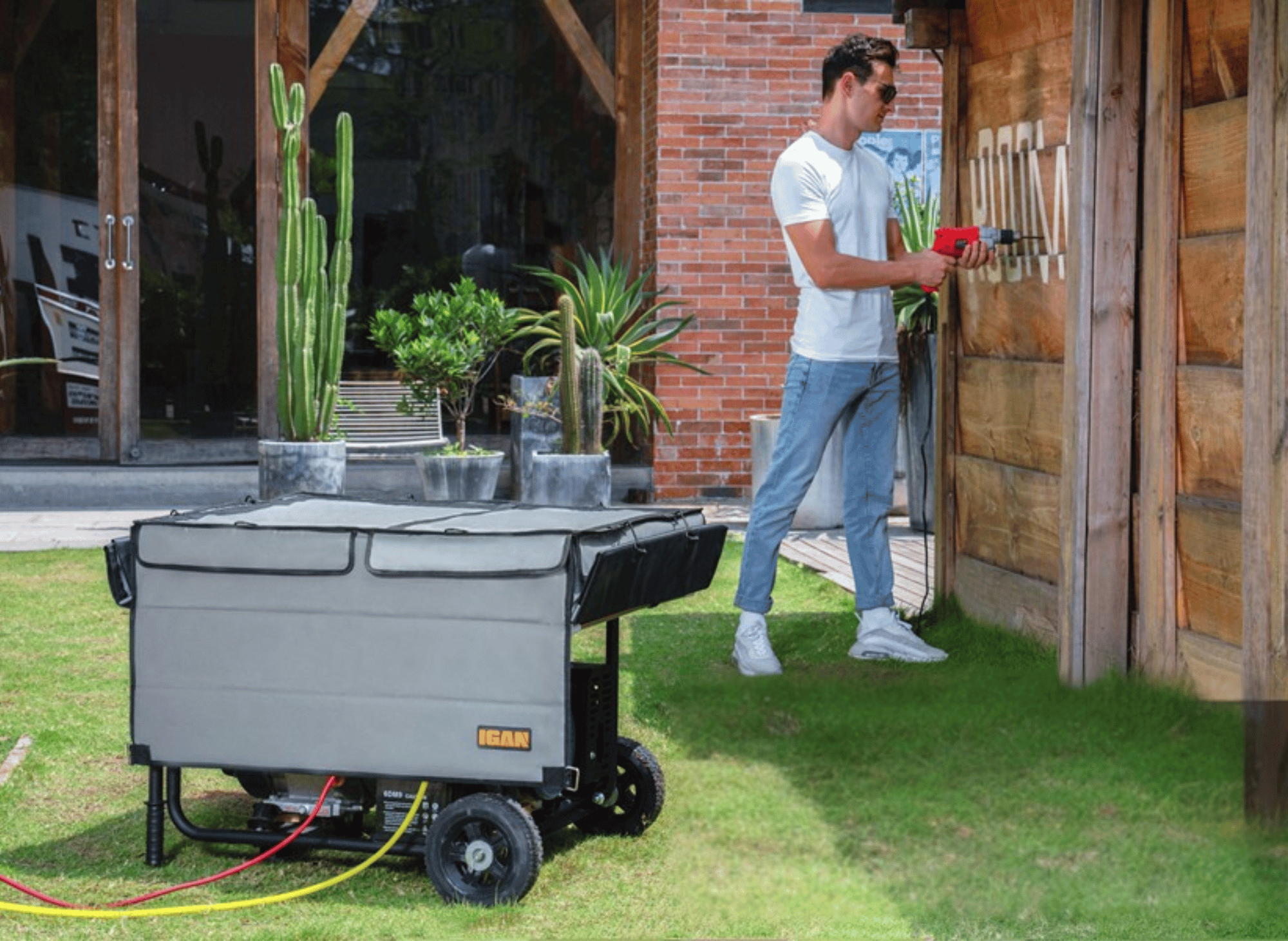
Why You Should Use a Generator Cover While Running Your Portable Generator
Generators are built to withstand some level of wear and tear. However, when you work with a portable generator outdoors, especially in wet conditions, there are significant risks of exposure to rain and moisture that can impact both operation and safety. Working in rainy conditions makes it challenging to keep your generator operational and safe, increasing the risk of mechanical issues or hazards.
Still, running one uncovered can lead to long-term damage and expensive repairs. Here’s why a generator cover, such as a generator tent, is a must: covers are suitable for various generator types, including inverter models. They are compatible with major brands such as Honda.
Protection From Weather Elements
Rain, snow, and debris substantially harm your generator's functionality. Water exposure can lead to short circuits or even permanent motor damage.
Electrical Safety
Water and electricity don’t mix. Generator covers, made of plywood, create a barrier significantly reducing the risk of electrical hazards while maintaining heat. They treat your generator like a friend by keeping it safe from moisture.
Maintains Ventilation
A good cover allows proper airflow, ensuring the generator doesn’t overheat during operation.
Extends Generator Lifespan
By shielding your generator from environmental aggressors and wear, you maintain its performance and increase its longevity.
Types of Generator Covers
Generator covers vary in style, material, and features. Each type offers different advantages depending on your environment and needs. For convenience and reliable protection, you can buy a ready-made generator cover designed to shield your generator in various weather conditions or during storage.
Waterproof Fabric Covers
These are the most common, typically made of heavy-duty tarpaulin or vinyl. They provide solid protection against rain and snow while remaining lightweight and portable.
- Pros: Lightweight, waterproof, easy to store.
- Cons: There may be a lack of rigid frame support for harsh conditions.
Steel Frame Enclosures
More durable than fabric covers, steel enclosures offer structural integrity and superior protection in extreme weather.
- Pros: Robust and long-lasting, ideal for static setups.
- Cons: Higher cost and less portable.
Hybrid Tent Covers
Combination options like the Westinghouse WGenTent feature a lightweight, fabric structure supported by a steel or aluminum frame.
- Pros: Optimal balance between durability and portability.
- Cons: Assembly required for operation.
Key Features to Look For:
When selecting a generator cover, consider these features to find the best fit for your needs:
Waterproof Rating and Material Quality
A waterproof cover is non-negotiable. Check for heavy-duty, durable materials like tarpaulin or marine-grade fabric for reliable protection against rain, snow, and wind.
Ventilation and Air Flow Design
Look for options with vented tops or side flaps to ensure sufficient airflow for cooling and safe operation.
Ease of Assembly
Emergencies often require quick and easy installation, so opt for covers with tool-free or minimal setup.
Accessible Refueling
Some covers, like the IGAN Generator Covers, feature innovative designs with refueling doors that lift open. This eliminates the hassle of removing the entire cover.
Durability
Choose a cover designed for harsh environmental conditions. Look for models with sturdy, windproof frames that withstand heavy rain, snow, or wind gusts.
Safety Precautions for a Generator Running
Safety should always be your top priority when operating a portable generator. One of the most essential steps is keeping your generator dry and protected from rain, as moisture can cause dangerous electrical shocks when connecting power cords or create mechanical issues. Using a generator cover or shed helps maintain a dry environment while allowing for proper ventilation, which is crucial for safe operation.
Always position your generator in a well-ventilated area, away from enclosed spaces like a dog house, house, garage, or shed, and treat it like a friend to prevent the buildup of harmful exhaust gases. Ensure the exhaust is directed away from doors, windows, and vents to avoid exposure to carbon monoxide.
Keep the generator running on a stable surface, and never store flammable materials nearby. Following these safety precautions ensures your generator operates efficiently and safely, providing reliable power whenever needed.
When operating a generator, it is essential to ensure the generator covers are in place while running to protect the equipment and maintain safety. Before disassembling parts, bring all the necessary tools and instructions to the site. Carefully attach any loose components to the edge of the frame to prevent accidents.
When working on an RV setup, properly secure the prop and check every connection to answer any potential safety concerns. Always enter the checklist stage and review each manual page thoroughly for guidance.
Top Generator Covers Available
Here’s a roundup of some of the best generator covers currently on the market and their standout features. Our selection is based on customer reviews, durability, and performance in real-world conditions:
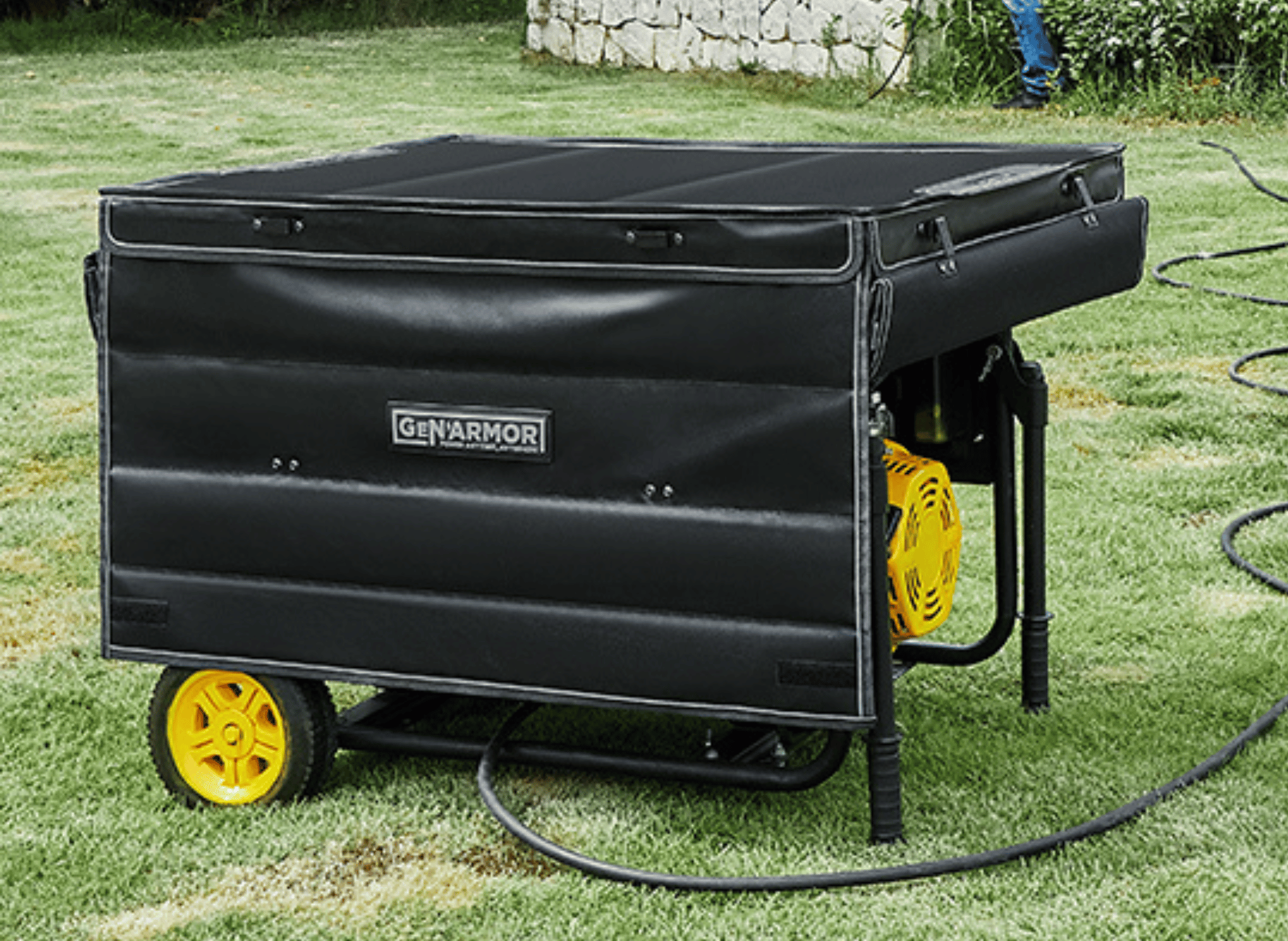
GENARMOR Generator Covers While Running
100% Waterproof Heavy Duty Tarps Generator Tent, Portable Outdoor Generator Enclosure for Most 4000w~13000w Generators, Black
Key Points:
- Price: $119.99
- Features: Heavy-duty tarpaulin material, sturdy one-piece metal frame, and 5-year warranty.
- Pros: Excellent waterproof protection and durable design. Quick refueling access is a plus.
- Cons: Slight assembly required.
- Customer Feedback: Praised for its ease of setup and reliability in heavy rain and high-wind conditions.
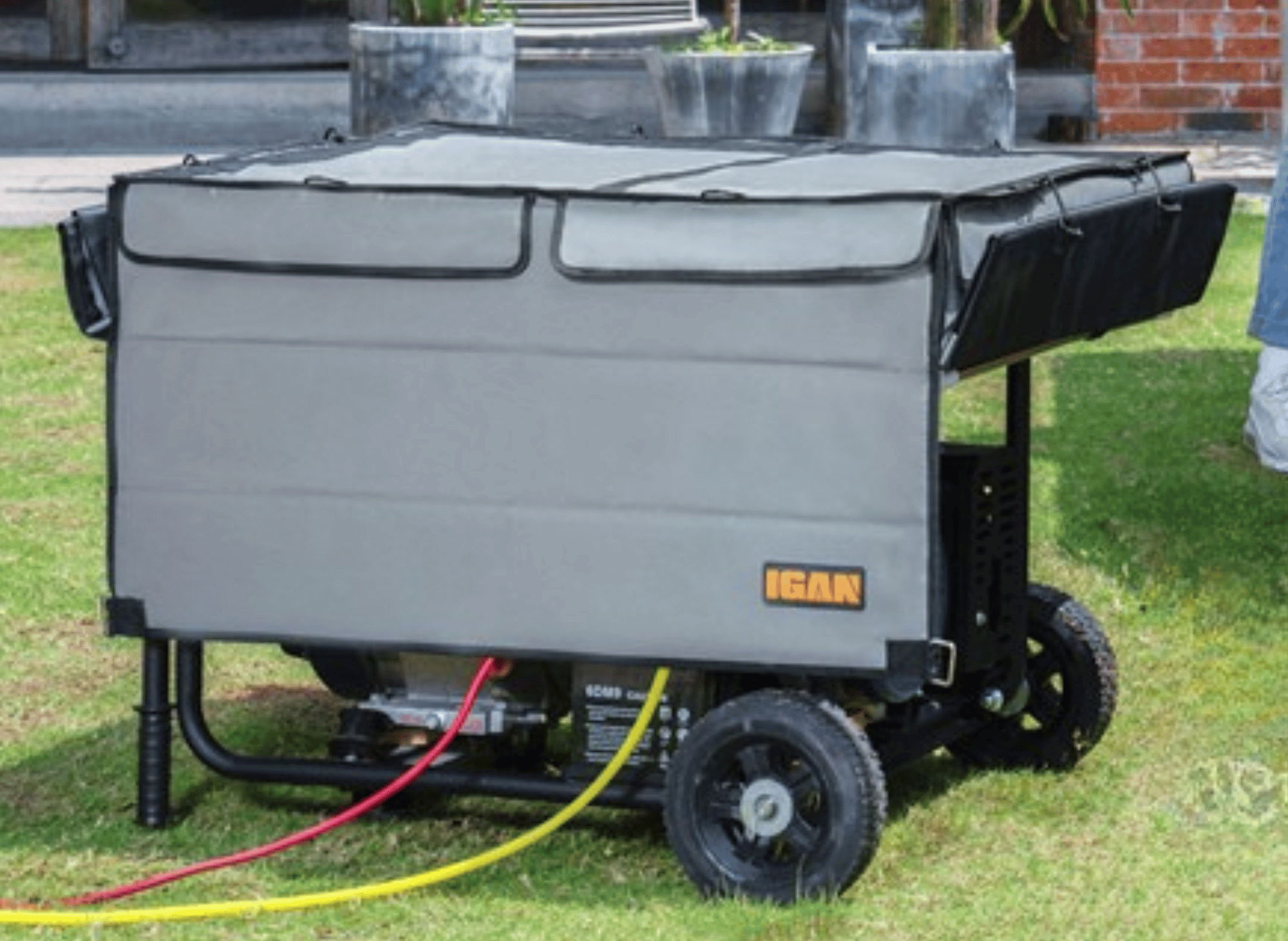
IGAN Generator Covers While Running
For most 3500w-12000w Generators - Ultra Heavy Duty Generator Covers for Outside - Portable Waterproof Generator Cover, Generator Enclosure Outdoor Gray
Key Points:
- Price: $129.99
- Features: Heavy-duty tarpaulin, toolless assembly, high-strength metal frame, and dual-purpose design for use and storage.
- Pros: Perfect for extreme weather, durable, and simple to assemble.
- Cons: Slightly heavier due to the stainless steel frame.
- Customer Feedback: Customers appreciate its solid construction and ability to withstand wind and snow.
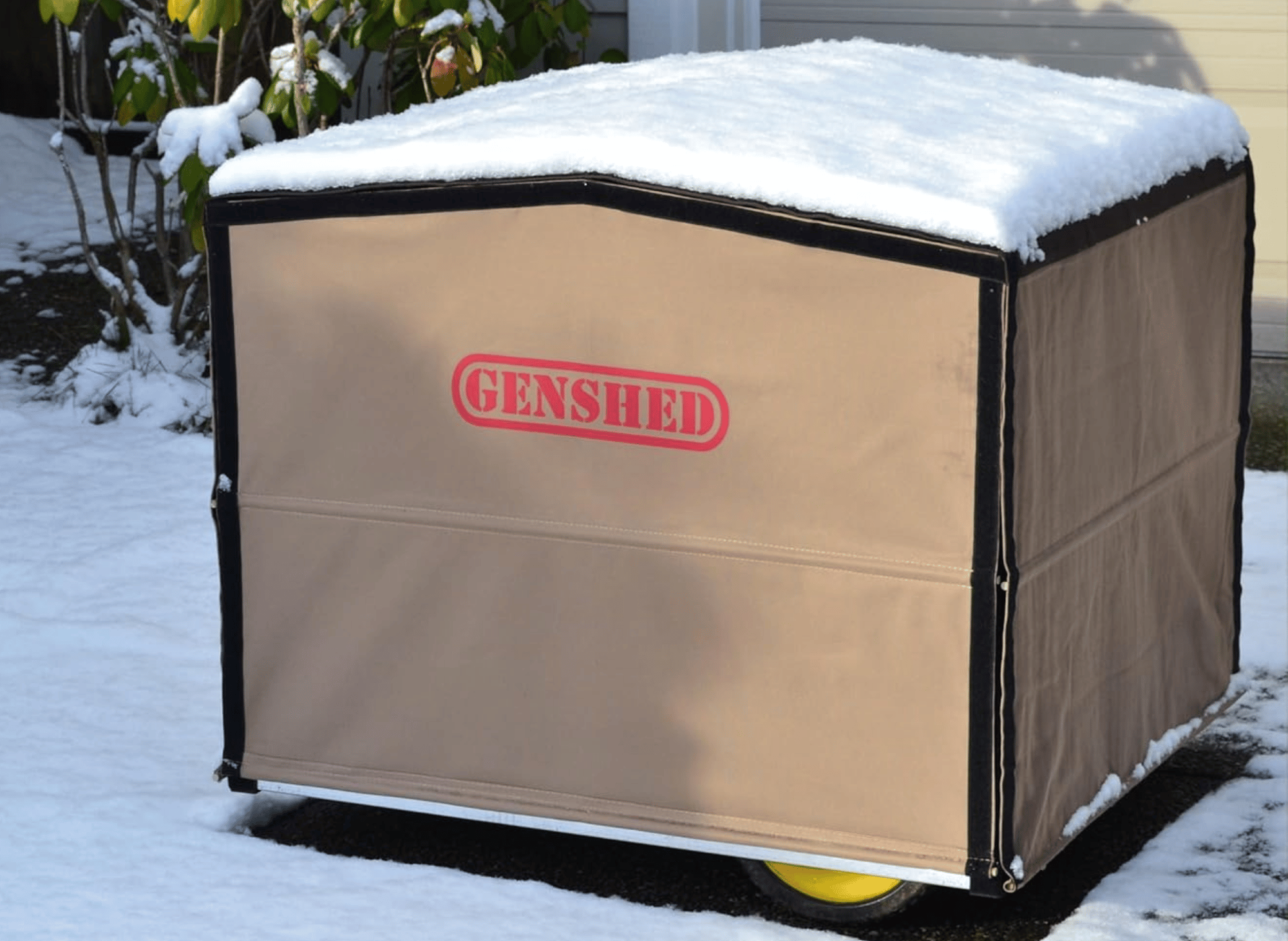
GENSHED Generator Shed
Combining Generator Covers While Running & Generator Covers for Outside Storage into one. The Generator Running Cover & Generator Enclosure is built on a steel frame
Key Points:
- Price: $149.00
- Features: Aluminum construction, pitched roof for snow and water runoff, and tool-free assembly.
- Pros: Dual-purpose use (running and storage) and durable structure.
- Cons: Higher price point.

Westinghouse WGenTent Generator Running Cover for Open Frame Generators
weather tent cover for open frame portable generators
Key Points:
- Price: $149.99
- Features: Lightweight weather tent design, vented top for cooling, and a tool-free refueling door.
- Pros: Superior airflow and easy to store.
- Cons: Less durable in extremely harsh conditions.
- Customer Feedback: Highly rated for simplicity, protection from rain, and fast setup.
Best Practices for Researching Generator Covers
Choosing the right generator cover is key to keeping your generator protected and running smoothly in any weather. Look for covers designed to withstand rain, snow, and high winds, with durable, waterproof materials like tarp and a sturdy frame or shed structure. Easy access is essential—select a cover that allows you to reach the generator’s controls and refueling points without hassle, so you can perform maintenance or refuel without removing the entire cover.
Ventilation is another critical feature; a well-ventilated cover prevents overheating and helps maintain optimal engine operation. Covers with reinforced frames, like those in generator sheds, offer extra stability and protection, especially in harsh conditions. Investing in a high-quality, not cheap, cover will keep your generator secure, dry, and ready for action while extending its lifespan and reducing the need for repairs.
To ensure reliable generator operation, set aside time to securely clamp the cover in place, escape potential damage, and leave it protected from external hazards, aligning with the helpful views shared above.
Common Mistakes to Avoid When Purchasing Generator Covers While Running
Avoid these common mistakes to get the most out of your portable generator and avoid unnecessary risks. Never operate your generator in wet conditions without proper protection, leading to electrical shock or engine failure. Avoid placing your generator in enclosed spaces such as a dog house, house, or garage, since poor ventilation can cause dangerous gas buildup and threaten safety.
Overloading the generator is another frequent error—always check the manufacturer’s guidelines to ensure you’re not exceeding the recommended power output, which can damage the engine and shorten its lifespan. Lastly, don’t neglect regular maintenance; keeping your generator clean, dry, and well-serviced is essential for reliable operation. Following these tips and using your generator as intended will allow you to enjoy safe, efficient power whenever needed.
Customer Experiences and Suggestions
Customer reviews for generator covers often highlight several key aspects:
- Ease of Use: Products like the GenArmor and WGenTent earn praise for their quick setup and straightforward design.
- Durability: IGAN and GENSHED perform well in extreme weather conditions and resist physical wear.
- Common Concerns: Assembly difficulties and occasional Velcro adhesion issues are mentioned, but some users resolve this with nylon ties or other adjustments.
Maintenance and Care Tips
To maximize the lifespan of your generator cover, follow these maintenance steps and search for additional tips:
- Cleaning: Regularly wipe down the cover using a mild detergent and warm water to prevent dirt buildup and maintain its waterproof qualities.
- Storage: When not used, fold and store the cover in a dry, cool location to prevent material degradation.
- Inspection: Check regularly for tears, weakened seams, or other signs of wear. Replace damaged components if needed.
- Ventilation: If your generator remains covered when not in use, ensure proper ventilation to avoid moisture buildup inside.
Make It a Priority to Protect Your Generator
Whether you’re a homeowner, construction worker, or camper, investing in a generator cover is a wise decision that ensures efficiency, safety, and longevity. Covers like the GenArmor, IGAN, and Westinghouse WGenTent deliver features to fit various needs and budgets.
Take control and protect your generator investment today. Choose a high-quality cover that matches your needs and enjoy complete peace of mind while running or storing your generator.
Thank you for reading!
Your friend,
Kelly
#GeneratorCovers #PowerSolutions #EnergyProtection #DurableDesign #OutdoorEquipment #CustomCovers #WeatherResistant #ReliablePerformance #IndustrialUse #GeneratorSafety
⚡🔧🏡🌦️💨🔒📦🛠️🏞️✅
